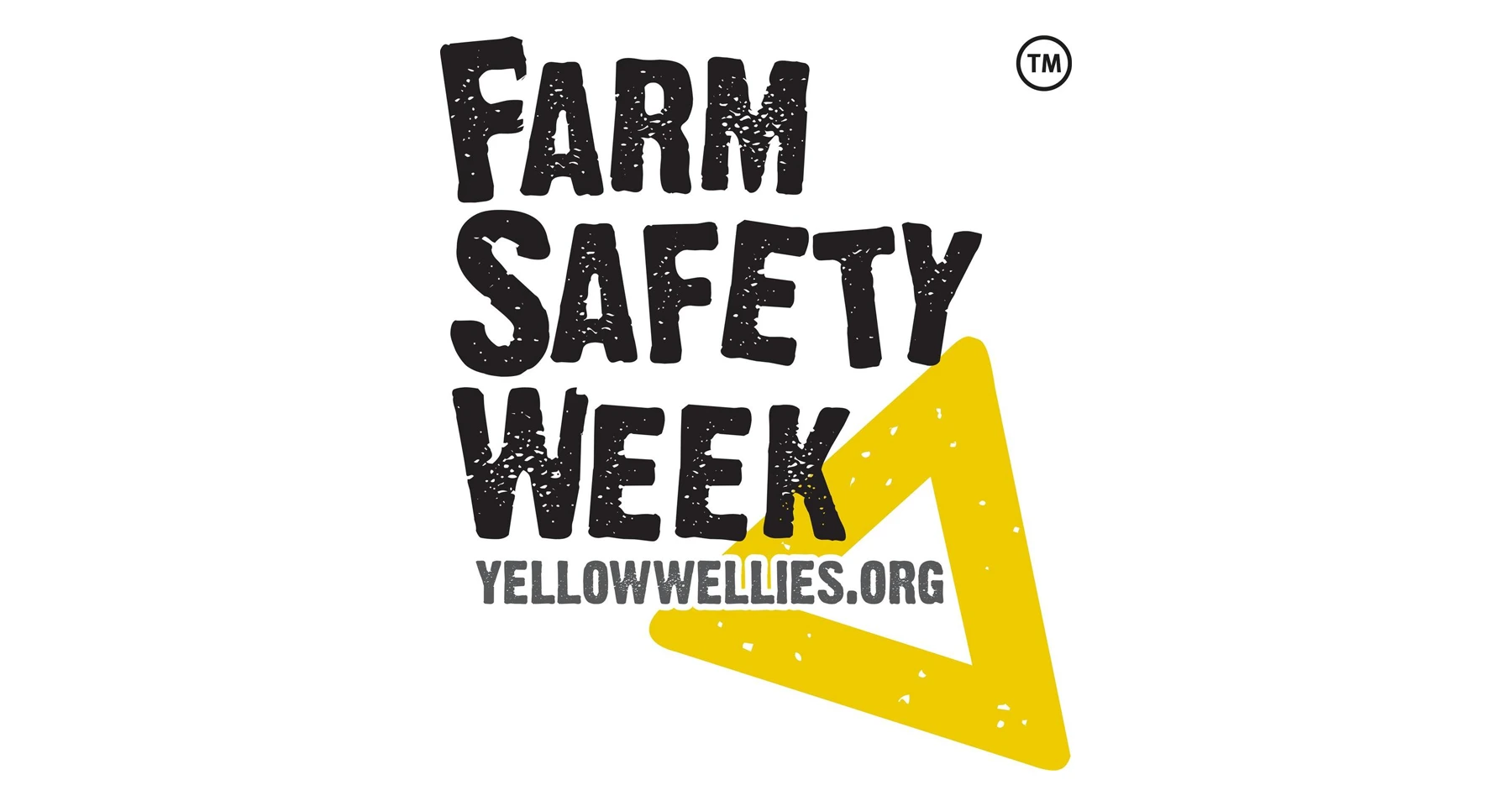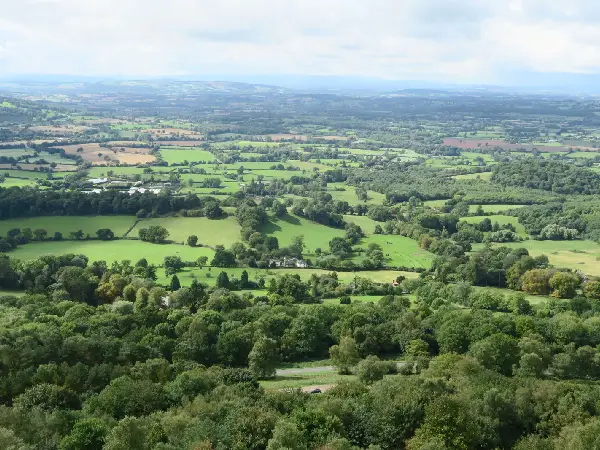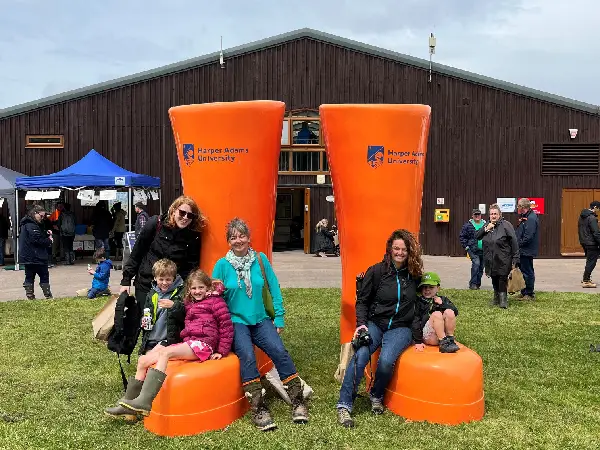
How to run an awareness week
There are many awareness weeks in the marketing calendar but one that is close to Pinstone’s heart is Farm Safety Week, which this year runs 20 to 24 July.
Ahead of the annual programme of activity, the Agri Food Comms-Cast interviewed Farm Safety Foundation manager, Stephanie Berkeley, about how the charitable organisation’s gone about preparing for and executing a successful awareness week, that builds into an annual programme of activity and delivers tangible results.
Raising professionalism in farming
Every year, Farm Safety Week shines a spotlight on farm safety and this year it’s about reminding farmers about taking the issue seriously.
“Farmers are taking safety seriously and that is our overarching theme this year – take safety seriously,” Stephanie explains. “Everybody knows it’s the same four or five causes of fatal accidents and life-changing injuries every single year.”
Written by...

Awareness week structure
In preparing for Farm Safety Week, coming up with a daily theme and stakeholder engagement aligned to those themes has been key.
Of course, for 2020, most activity is taking place in the digital sphere. Each day encompasses a different theme, ensuring relevant activity is targeted to different audiences.
“Having well-defined objectives has been crucial,” explains Stephanie. “It helps us focus on the important issues in a really clear and meaningful way”.
Farm Safety Week daily topics:
Monday – Health and Safety Executive (HSE) Fatal injuries in agriculture report
Tuesday – COVID-19 and mental health
Wednesday – Child safety
Thursday – Technology in farming
Friday – Road safety best practice
“It can’t all be doom and gloom. There has to be positive framework for the audience to buy into.”

Stakeholder engagement
The Farm Safety Foundation has a fantastic record of engaging with aligned stakeholder groups to help maximise their outreach. This year, the Farm Safety Week team has worked to capitalise on the relationships they’ve developed.
Specifically, they’ve worked with the HSE to secure the early release of the annual fatal injuries in agriculture report to coincide with the first day of Farm Safety Week. Published three months ahead of its normal schedule, this comprehensive insight into the sector delivers an all-important news hook and kick starts the conversation on social media.
As well as numerous other organisations enlisted to support the awareness week, this year a collaboration has been formed with British Cycling. The association may not at first seem like an obvious partnership. But as vulnerable road users, cyclists have specific needs that all farmers should be aware of. For Stephanie, this reciprocal relationship is about developing a greater respect and empathy between road users to help reduce the risk of injury through better education.
Measuring successful PR
Stephanie also highlights some great examples that not only showcase the amazing work of the Farm Safety Foundation but also provide insight into the power of PR.
Two years ago, as a result of the Foundation’s activity, Devon Federation of Young Farmers’ Clubs introduced farm safety training for all its members. Consequently, farmer deaths in Devon reduced from 5 to 1 in the space of a year.
It’s a great example of what a formidable force successful outreach and messaging can be – in educating and informing the public and effectively demonstrating what the possibilities are. How those messages are communicated is key.
KPIs that really count
Since its inception, Farm Safety Week has continued to grow its profile in the sector and beyond.
“Everybody knows it’s the same four or five causes of fatal accidents and life-changing injuries every single year.”
In the first year the campaign generated 30 piece of press coverage. By 2019, those KPIs had increased to 279 pieces of TV, radio, press and online coverage. This type of evaluation is beneficial in measuring awareness levels but, of course, the Farm Safety Foundation’s key goal is reducing the number of injuries and deaths in the industry.
This too has been a resounding success. The most recent HSE workplace fatal accident report reveals a significant degree of improvement with a 37% decrease in the number of farmers losing their lives.
Last year, there were 12 fewer deaths. However, 20 deaths are still too many but as Stephanie optimistically highlights there are some “green shoots”.
Delivering a safer future for farmers
Farm Safety Week is a carefully considered and comprehensive awareness campaign and is successfully delivering measurable results. It’s proof that you can positively influence behaviours for the greater good.
Change doesn’t happen overnight and we hope everyone in the sector will continue to support Farm Safety Week. Collectively, we can help keep the statistics and positive outcomes moving in the right direction.
Tackling some startling statistics
Sadly, farming has a terrible safety record. Accounting for 1% of the UK’s economy, the industry is responsible for 20% of all work-related deaths. Eight years ago, NFU Mutual launched Farm Safety Week in response to these worrying figures. As a result, the Farm Safety Foundation was set up as an independent charity to focus on driving better behaviours.
More recent insights

Why hire a PR agency when you could employ someone?

What is regenerative farming?
